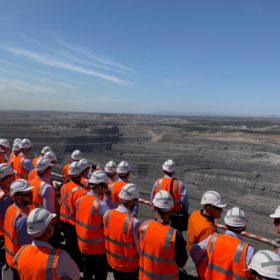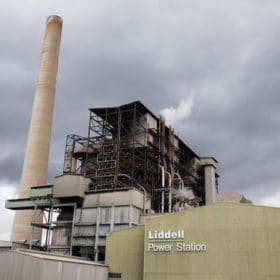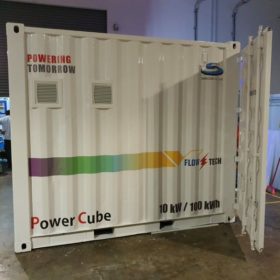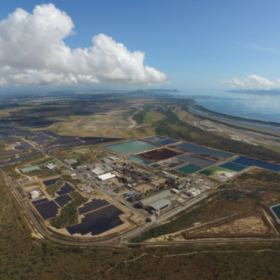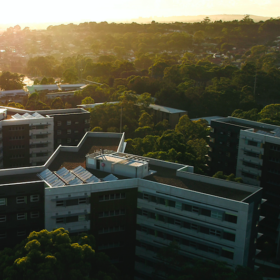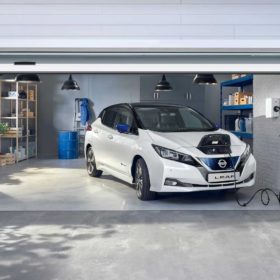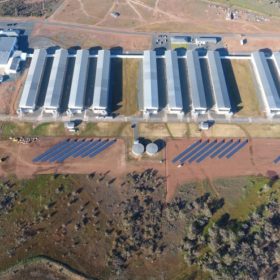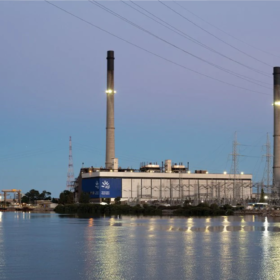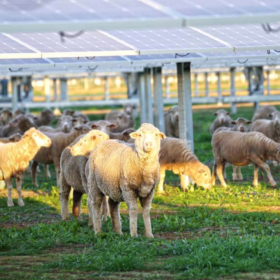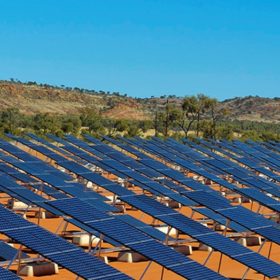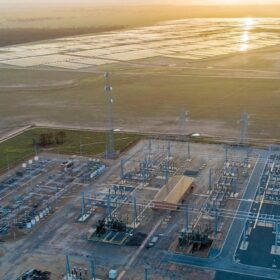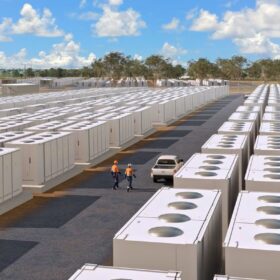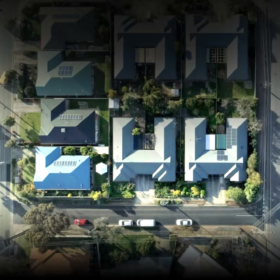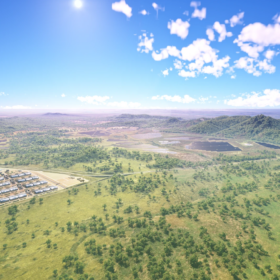NSW Energy Infrastructure bill passes with a bonus Hunter REZ
It makes sense that the Hunter-Central Coast, with its energy infrastructure, heavy industries and transitioning workforces should turn its resources and assets toward renewable generation. As NSW celebrates the passing of the NSW Liberal Coalition’s foresightful bill, the Hunter region is settling into its new place on the REZ map.
The ACTU firms up a fair employment pathway to renewable transition
From coal-orientated to renewable and inclusive, the ACTU has detailed an agenda for better skills-based training and more secure employment opportunities in renewable energy.
Interest grows in going with the vanadium flow
The choice of battery storage technologies in support of solar energy supply is broadening to suit a variety of emerging applications. VSUN has just made its first power play for vanadium-redox-flow batteries in the off-grid residential market.
Green Zinc! Sun Metals joins RE100
For a company that has its own big sunny solar farm and is developing a companion green-hydrogen production plant, the next step must be to formalise its commitment to go 100% renewable.
What’s NUW in energy? An alliance of three NSW universities concentrates clean-energy expertise
Recognising that the major problems facing the world can’t be solved by any one organisation, three New South Wales universities at the peak of renewable-energy research have rewritten the rules of collaboration to influence policymakers and accelerate solutions to market.
How to throw EV uptake into reverse!
Some Australian states are choosing this moment to ensure that electric vehicle drivers are paying their fair share of funds needed to maintain road infrastructure — given that they don’t contribute via fuel excise. The moves are expected to throw a spanner in the works of drivers deciding in favour of zero-emissions motoring.
Sunny side up? Australia’s egg industry gets a solar boost
Egg production is an extremely efficient industry, thanks to the chicken, but electricity consumption remains a hurdle to industry sustainability. The Australian Eggs new Solar Calculator cracks the code on optimal system size, savings and CO2 abatement for small-to-medium-sized egg farms.
AGL grows massive battery storage in the shadow of retiring fossil-fuelled power stations
AGL, one of Australia’s biggest polluters, is working towards net-zero emissions by 2050 and new relevance in a renewable-energy-powered world. Think big batteries to replace the spinning reserve of some coal and gas generators, and digital management of its customers’ distributed rooftop resources.
NSW orchestrates 12 GW of renewables and 2 GW of pumped hydro by 2030
A steady progression of targets, plans and policy adjustments come together in the ‘NSW Electricity Infrastructure Roadmap’ as the Berejiklian Government strives to get ahead of the retirement of coal-fired generators — and fire up the state economy!
A battery of technology providers invited to tender for 30 MW NT BESS
The Northern Territory is advancing projects that will help it achieve 50% penetration of renewables into its energy supply by 2030. First up, the procurement of a 30 MW battery to boost reliability of the Darwin-Katherine grid.

